Ficus Carica o Higuera
Ficus carica, commonly known as the Fig Tree, is a deciduous tree or large shrub native to the Mediterranean region and parts of Asia. It is renowned for its lush, broad leaves and sweet, edible fruits known as figs. The tree has a sprawling growth habit and produces unique, bell-shaped flowers that are not visible from the outside but develop into the familiar fig fruits. The leaves are large, lobed, and have a rich green color, providing excellent shade. The Fig Tree is valued for its delicious fruit, which can be eaten fresh, dried, or used in cooking and baking.
- Botanical Name: Ficus carica
- Common Names: Fig Tree, Higuera
- Mature Height: 10-30 feet (3-9.1 meters) can be pruned to a smaller size
- Mature Spread: 10-20 feet (3-6 meters)
- Growth Rate: Fast
- Light Requirements: Full sun
- Soil Requirements: Well-draining soil; tolerates a range of soil types including sandy and clay soils; prefers slightly acidic to neutral pH
- Water Needs: Moderate; drought-tolerant once established
- Foliage: Deciduous, large, lobed leaves with a rich green color that turn yellow in fall
- Flowers: Small, bell-shaped, and not visible; develop into fig fruits
- Fruit: Round to oval, with a soft skin and sweet, edible flesh, typically ripening in late summer to fall
Uses:
- Ornamental: The Fig Tree’s large, lobed leaves and unique fruit make it an attractive addition to gardens and landscapes.
- Fruit Production: Produces edible figs that can be enjoyed fresh, dried, or used in cooking and baking.
- Culinary: Figs are used in a variety of dishes, from salads and desserts to jams and sauces.
Benefits:
- Nutritional Value: Figs are rich in fiber, vitamins, and minerals, offering numerous health benefits.
- Aesthetic Appeal: The tree’s lush foliage and distinctive fruit enhance the beauty of gardens and landscapes.
- Drought Tolerance: Once established, Fig Trees are drought-tolerant, making them suitable for low-water gardens.
- Fruit Production: Provides a bountiful harvest of sweet, nutritious fruit that can be used in many culinary applications.
Ficus carica, or the Fig Tree, is a versatile and valuable plant that offers both ornamental beauty and delicious fruit. Its lush leaves, fast growth, and nutritional benefits make it a great addition to any garden or landscape.
Debes acceder para publicar una valoración.
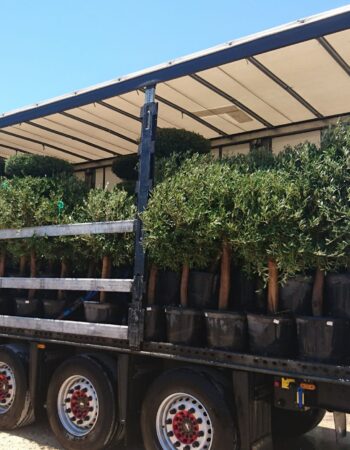
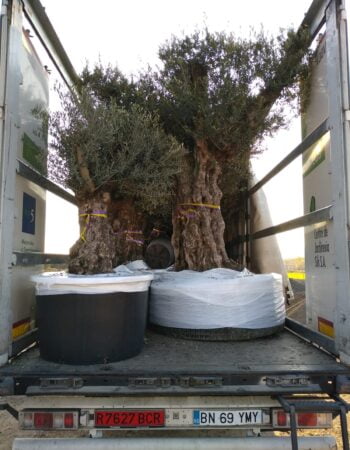
CAREFUL TREE TRANSPORTATION
At Treezom, we take great care in transporting your trees to ensure they arrive in perfect condition. Our expert team uses various methods, depending on the size and volume of the order, to provide safe and efficient delivery. Whether you're ordering a single tree or a bulk order, we guarantee high standards of handling and care throughout the process.
MULTIPLE SHIPPING METHODS
- Truck Delivery: Ideal for local or regional deliveries, ensuring a smooth and timely shipment of your trees directly to your location.
- Sea Containers (20’ or 40’): Perfect for larger orders or international shipping. Our sea containers are equipped to handle bulk shipments with optimal protection.
- Other Customized Solutions: Depending on the size and nature of your order, we can offer tailored shipping methods to meet your specific needs.
No matter the shipping method, we use specialized packaging and handling procedures to protect the trees during transit, ensuring they arrive healthy and ready for planting.
Below, you’ll find key tips tailored to this species’ requirements. Whether you’re new to plant care or have plenty of experience, these guidelines are here to support you in keeping your green companion healthy and vibrant.
- Planting:
- Choose a location with full sun and well-draining soil. Figs thrive in hot, sunny climates.
- For container planting, use a pot with drainage holes and a well-draining potting mix.
- Watering:
- Water regularly during the growing season to keep the soil moist, but allow it to dry out slightly between waterings.
- Once established, Fig Trees are drought-tolerant and require less frequent watering.
- Pruning:
- Prune in late winter or early spring before new growth begins to shape the tree and remove any dead or damaged branches.
- Regular pruning helps improve air circulation, manage the size of the tree, and enhance fruit production.
- Fertilizing:
- Apply a balanced, slow-release fertilizer in early spring to support healthy growth and fruit development.
- Avoid excessive fertilization, which can lead to excessive foliage growth at the expense of fruit.
- Pest and Disease Control:
- Monitor for pests such as aphids, spider mites, and fig borers.
- Treat infestations with insecticidal soap or neem oil as needed.
- Ensure good air circulation around the plant to prevent fungal diseases, such as leaf spot and rust.
*This information is provided for informational purposes only. For more detailed care, please consult a professional Gardener or Arborist.














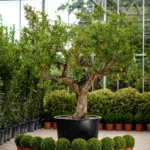

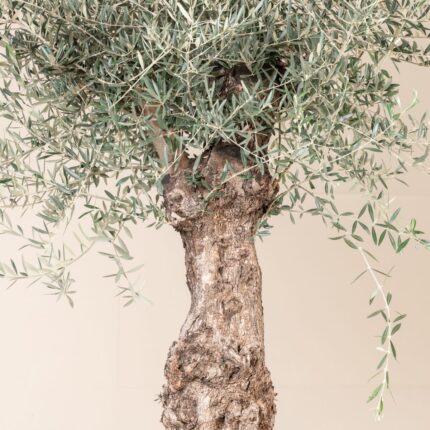

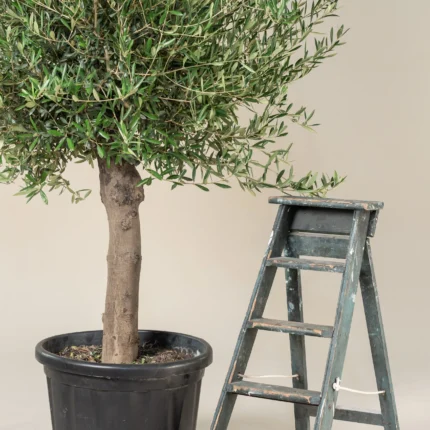






 Single Tree
Single Tree
Valoraciones
No hay valoraciones aún.